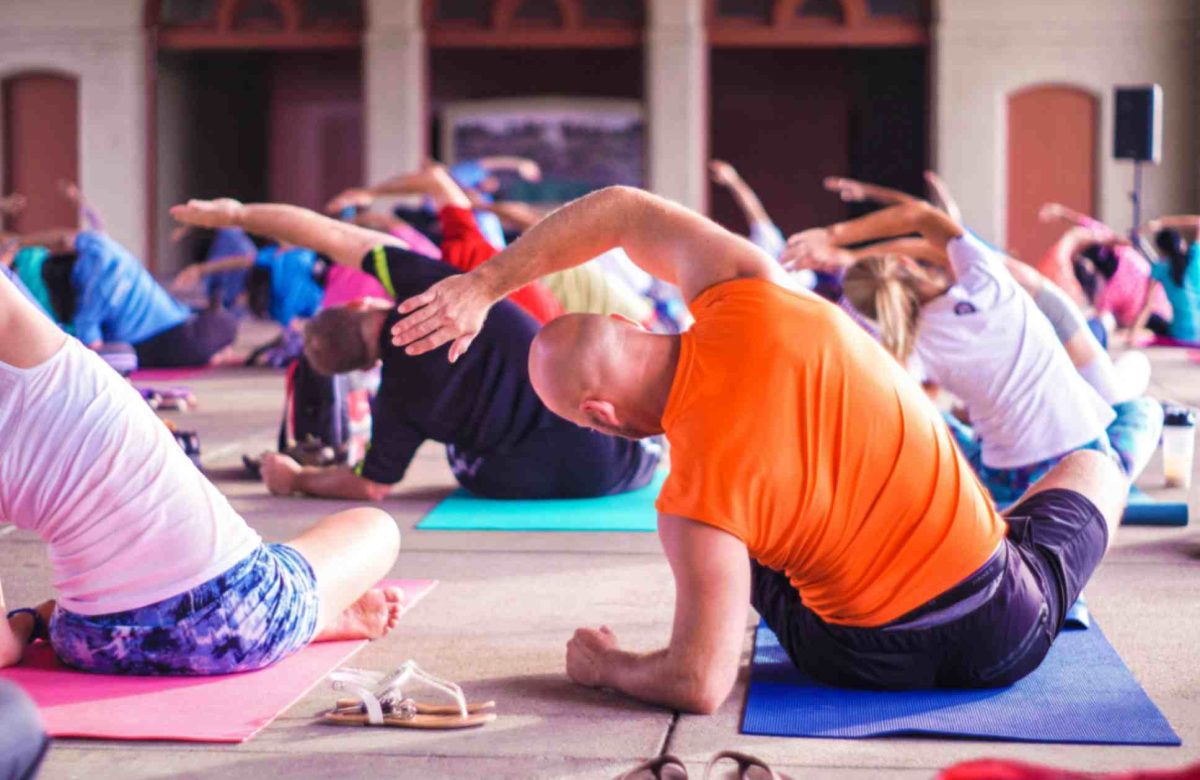How to Improve Your Flexibility with Yoga and Stretching

Flexibility is an essential component of overall fitness and well-being. Improved flexibility can enhance athletic performance, reduce the risk of injuries, and promote better posture and range of motion. Yoga and stretching are powerful practices that can significantly increase flexibility, regardless of your current level. In this blog, we will explore the benefits of flexibility, the science behind yoga and stretching, and practical tips to incorporate these practices into your daily routine for improved flexibility and overall physical wellness.
1. The Importance of Flexibility
Your muscles and joints are flexible when they can move within a full range. It is crucial for daily activities, sports performance, and preventing muscle imbalances. A flexible body reduces the strain on muscles and joints, making movements more efficient and comfortable.
2. The Science Behind Yoga
Meditation, breathing techniques, and physical postures are all part of yoga (asanas).. The gentle and controlled movements in yoga allow you to stretch and lengthen muscles while increasing flexibility gradually. Regular yoga practice helps release tension and promote relaxation, further supporting flexibility gains.
3. The Science Behind Stretching
Stretching exercises target specific muscles or muscle groups, encouraging them to elongate and increase their range of motion. There are two primary types of stretching:
– Static Stretching: Holding a stretch position for a period without movement. This type of stretching is often used after a workout when muscles are warm.
– Dynamic Stretching: Involves continuous movement through a range of motion. Dynamic stretching is commonly used as a warm-up before physical activities.
Read More : How to Improve Your Flexibility with Yoga Props
4. Incorporating Yoga into Your Routine
To improve flexibility with yoga:
– Start with Gentle Yoga: If you are new to yoga, begin with gentle or beginner-level classes that focus on stretching and alignment.
– Practice Regularly: Aim for at least 2-3 yoga sessions per week to experience noticeable improvements in flexibility over time.
– Focus on Breathing: Combine deep, mindful breathing with each pose to enhance relaxation and help your body open up to the stretch.
– Use Props: Yoga blocks, straps, and bolsters can assist you in achieving correct alignment and getting deeper into poses.
– Be Patient and Respect Your Body: Flexibility gains take time, so avoid forcing yourself into deep stretches. Listen to your body and avoid overstretching to prevent injuries.
5. Incorporating Stretching Exercises
To improve flexibility with stretching:
– Warm Up: Always start with a light cardiovascular warm-up before stretching to increase blood flow to your muscles.
– Perform Dynamic Stretches: Dynamic stretching before workouts helps prepare your muscles for movement and reduces the risk of injury.
– Embrace Static Stretches: After your workout or on rest days, incorporate static stretches to target major muscle groups and increase flexibility.
– Focus on Major Muscle Groups: Pay attention to the hamstrings, quadriceps, hip flexors, calves, chest, and shoulders, as these areas often contribute to overall flexibility.
– Hold Stretches and Breathe: Hold each static stretch for 15-30 seconds while maintaining deep, rhythmic breathing to encourage relaxation and deeper stretching.
6. Gradually Increase Intensity
Consistency is key when improving flexibility. Gradually increase the intensity and duration of your stretching sessions as your flexibility improves. Be mindful of any discomfort and adjust your stretching routine accordingly.
7. Listen to Your Body
Pay attention to how your body responds to different stretches. Slight discomfort is normal but avoids sharp pain. Stretching should feel challenging yet enjoyable.
8. Incorporate Yoga and Stretching into Daily Life
Look for opportunities to stretch throughout the day. Perform simple stretches while watching TV, waiting in line, or during work breaks. These micro-stretches can make a significant difference in your flexibility over time.
9. Stay Hydrated
Proper hydration supports muscle function and flexibility. Drink enough water throughout the day to keep your muscles and connective tissues supple.
10. Consider Rest and Recovery
Allow your body sufficient time to rest and recover. Overstretching or excessive exercise without rest can lead to injuries and hinder flexibility progress.
Read More : The Benefits of Yoga for Stress Reduction and Relaxation
Conclusion
Improving flexibility through yoga and stretching is a rewarding journey that offers a multitude of physical and mental benefits. Incorporating yoga into your routine enhances flexibility while promoting relaxation and stress reduction. Complementing your yoga practice with targeted stretching exercises aids in elongating muscles and increasing your range of motion. Be patient and consistent in your efforts, respecting your body’s limits and avoiding overexertion. By embracing yoga and stretching as regular components of your daily life, you can achieve greater flexibility, enhance your overall fitness, and enjoy a more agile and balanced body. Embrace the transformative power of yoga and stretching, and watch as your body becomes more flexible, fluid, and vibrant.




